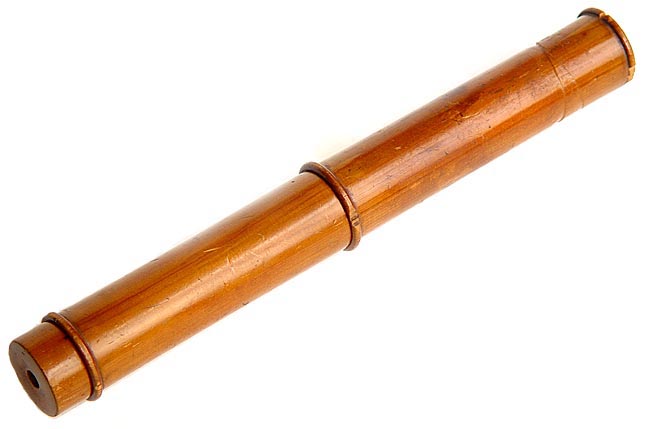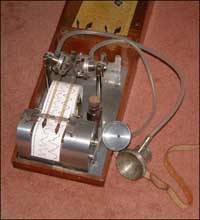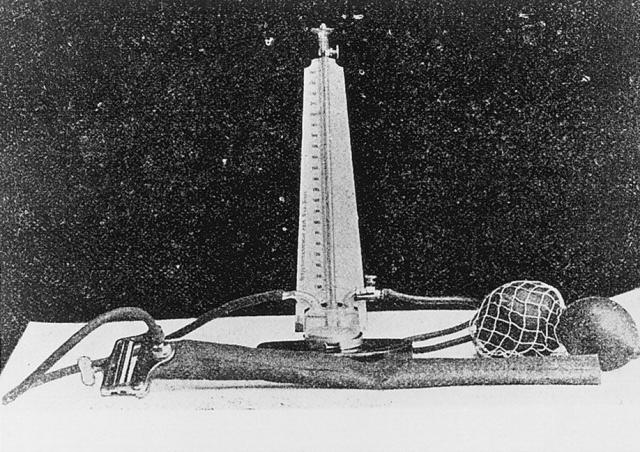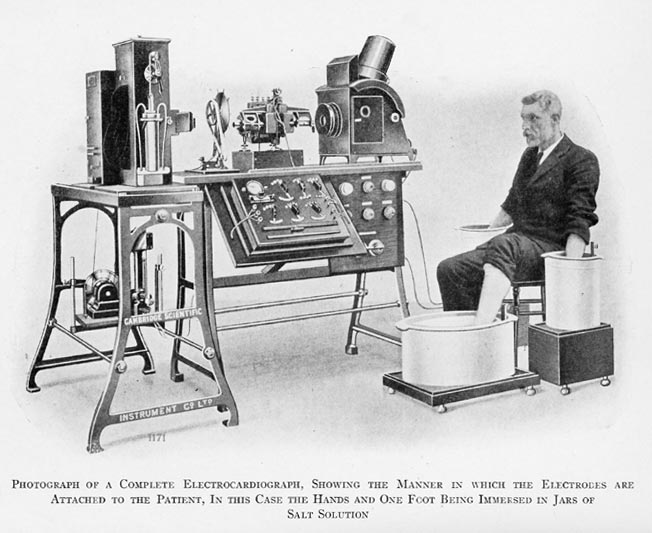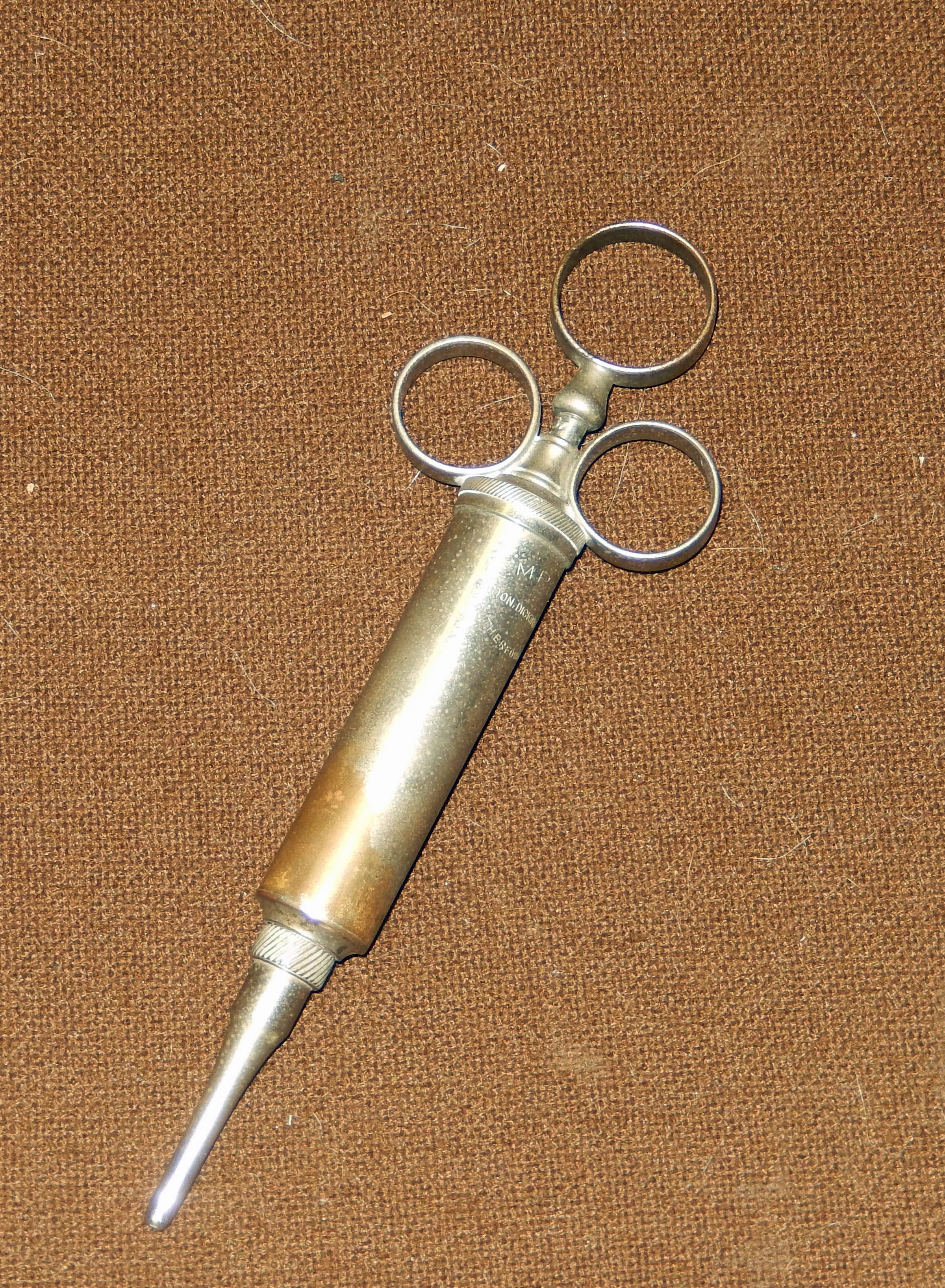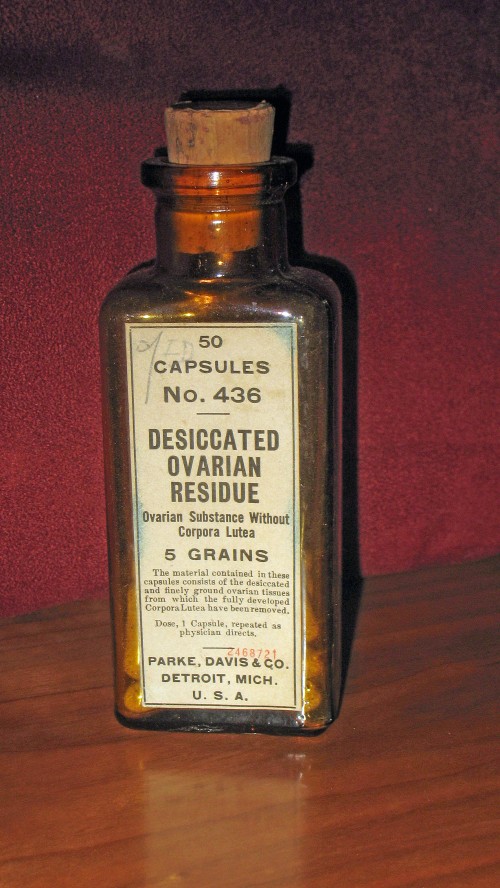“. . . my clinical practice as a women’s health NP began in the mid-1970s. My colleagues who had gone on to academic careers questioned my commitment to nursing and to nursing values. A common question was ‘Are you a nurse, or are you a mini-doc?’ My answer was, is, and will always be: ‘I am a nurse with primary care skills. I take care of my patients within a nursing framework. . . . my values lie in nursing, not in the medical model. I care for my patients as a fully prepared, primary care provider of women.” – Judith A. Berg & Mary Ellen Roberts, “Recognition, Regulation, Scope of Practice: Nurse Practitioners’ Growing Pains” (2012)[1]
“We agree certified nurse practitioners can provide many core primary care services, but it is important that this not be misunderstood as suggesting that nurses are interchangeable with physicians in providing the full depth and breadth of services that primary care physicians provide. The two professions are complementary but not equivalent. For diagnostic evaluation of clinical presentations that are not straightforward and for the ongoing management of complex or interacting medical problems, the most appropriate clinician is the physician.” – J. F. Ralston & S. E. Weinberger, “Nurses’ Scope of Practice” (2011)[2]
Entering the debate on the “scope of practice” between nurse practitioners (NPs) and physicians is like parachuting onto a battlefield strewn with semantic landmines and decaying verbiage, while overhead the whistle of incoming word-tipped artillery fire grows louder. For the opposing forces, the NPs and the MDs, negotiation about the scope of NPs’ provider activities has given way to incendiary propaganda and explosive metaphors. It is all a matter of logistics, planning, grand strategy, tactical advance and retreat.
When the nursing historian Julie Fairman and her colleagues argue that “physicians’ additional training has not been shown to result in a measurable difference from that of nurse practitioners in the quality of basic primary care services,”[3] they leave unexamined the meaning of basic. Someone, after all, has to do the defining, and in so doing, to differentiate basic services from services that, in given circumstances, are not so basic. Someone also has to stipulate how exactly “quality” is being assessed, qualitatively and quantitatively, in both the short- and long-term.
It is fine to make the commonsensical point that nurse practitioners should be permitted to practice “to the fullest extent of their skills and knowledge,” as recommended by the authors of the Institute of Medicine report of 2010, The Future of Nursing.[4] But who decides what “fullest extent” actually means in relation to specific clinical contingencies and management challenges? Is there even consensus on the meaning of NP “knowledge and competence” in contradistinction to the “knowledge and competence” of those who receive medical training? Literally, then, what are Fairman and her colleagues talking about?
NP advocates make tactical use of the word “partnership” in framing debates about NP expansion. And yes, certainly we need NPs and physicians to be collaborative partners in providing quality health care. But the notion of “partnership,” as used by NPs, also subserves polemics. Partnership, after all, does not entail parity among partners. In law and business, for example, there are senior partners and junior partners, name partners and equity partners, voting partners and nonvoting partners. In medicine, there are any number of procedures (e.g., colposcopy, sigmoidoscopy, nasopharyngoscopy) that fall within the domain of adult primary care, but that many primary care physicians no longer perform, even if they are competent to do so, owing to issues of liability and lack of third party coverage. This does not mean that primary care physicians, gynecologists, gastroenterologists, and ENTs are not “partners” in care, but rather that “partnership” does not abrogate the need for a division of labor, with the differing responsibilities, obligations, and entitlements that such division entails.
Physician groups threatened by the legislative incursions of nonmedical providers like NPs are no better and even worse. The Physicians Foundation is a nonprofit organization of medical groups formed to push back the nonmedical invaders, especially nurse practitioners. Their report of November, 2012, Accept No Substitute: A Report on Scope of Practice, brims with military metaphors. The authors, Stephen Isaacs and Paul Jellinek, write of “holding the line” on “expansionary forays” and summarize bulletins “fresh from the front lines.” “What is the score so far?” they ask. “Who is winning these scope of practice battles?” And the military metaphors segue into sports metaphors, with the authors’ dour acknowledgment that physicians “are usually playing defense on scope of practice” brightened by occasional successes in eliminating nonphysician licensing. In the latter cases, they exult, physicians “are in fact able to move the ball up the field.”[5]
What is one to make of such sophomoric posturing in the face of a serious and growing shortage of primary care physicians? Where will we find the 51,880 additional primary care physicians that, according to recent published projections, we will need by 2025?[6] It is easy to appreciate the exasperation of primary care NPs who face such opposition in the face of well-established facts. To wit: Only 20% of today’s medical students will choose a primary care specialty; NPs provide more cost-effective care than their physician counterparts; patient surveys reveal satisfaction with the care provided by NPs; and half of all physicians in office practice already work with NPs, certified nurse midwives, and/or physician assistants. All such facts, be it noted, are ceded by the authors of The Physicians Foundation report.[7]
It is time for physicians to accept not only the reality, but also the socioethical desirability of nonphysician providers. By the same token, it is time for nurse practitioners to accept the reasonableness of practice limits. An expanded scope of practice is not a limitless scope of practice. And, yes, self-evidently, the limits to which NPs are subject will not be identical to the limits imposed on physicians. There are indications for which physician consultation and supervision should be mandatory; there will be procedures that only physicians, including primary care physicians, are trained and legally authorized to perform. Establishing boundaries will always be shaped by power politics and economic self-interest, but it need not be deformed by them. The process can be elevated by concern for public safety and prudent good sense. By way of identifying two areas in need of further dialogue informed by complementary needs for patient access and patient safety, consider the topics of chronic disease management and prescriptive authority.
Nurse practitioner advocates tout the important role of NPs in managing chronic disease, and type 2 diabetes is typically given as a case in point.[8] Certainly NPs can manage diabetics whose glucose levels must be monitored and insulin dosages adjusted. There is also evidence that specialized NPs are highly effective in collaborative practice with primary care physicians, where they serve as diabetic care coordinators.[9] What then is the problem? It arises from the fact that management of chronic disease, especially among the elderly, is rarely a matter of managing a stable disease entity. In later life, diabetes, however well monitored and managed, typically leads to neuropathy, retinopathy, and/or kidney disease.
Are NPs trained to manage chronic diseases as independent providers when management ipso facto entails a plethora of intersystemic complications? Consider another example. Perhaps an NP-nephrologist can manage end-stage renal disease (ESRD), a chronic disease that can be stabilized for long periods with dialysis. But what happens when such management, and the prolongation of life it entails, leads to diabetes and heart disease, as it often does? Is such management still within the “knowledge and competence” of NPs? As I wrote in “The Costs of Medical Progress”:
Chronic disease rarely runs its course in glorious pathophysiological isolation. All but inevitably, it pulls other chronic diseases into the running. Newly emergent chronic disease is collateral damage attendant to chronic disease long-established and well-managed. Chronicities cluster; discrete treatment technologies leach together; medication needs multiply.
Well-trained NPs no doubt bring much-needed talent to managing intercurrent disease in certain respects. I am no expert here, but I am open to the possibility that independent management of chronic disease, particularly among the elderly, may not be commensurate with the discrete “skill set” that NPs acquire, even as this “set” is enlarged by the medley of nonmedical skills inculcated by “nursing education and its particular ideology and professional identity.”[10] Management of chronic disease, that is, often entails complexity of a distinctly medical sort. Scope of practice debates should be informed by the fact that diabetes, to keep to the example, is no longer a disease with a stable natural history.[11] The same can be said of kidney disease and heart disease and many types of cancer. So the question of what NPs can and cannot do needs to be fleshed out in a more clinically realistic manner: We need to know whether NP-generalists are as capable as primary care physicians of managing chronic illness in the context of life span issues and specific dimensions of patient care. Are they as capable as primary care physicians, for example, of prioritizing interventions among older patients with multiple chronic diseases?[12]
Another “fullest extent” problematic concerns prescribing privileges. NPs and APRNs (advanced practice registered nurses) demand the same authorization to prescribe medications as physicians. This insistence, globally formulated, masks the fact that prescriptive authority is always qualified in various ways. Perhaps physicians, NPs and APRNs, and legislatures should set the all-or-nothing rhetoric aside and wrestle with the real-world issue of “prescriptive authority of various levels” that gets codified in state law.[13] Is it within the NP’s scope of practice, for example, to change antibiotics without physician consultation for a child who comes to the pediatrician with fever, sore throat, and pain, and whose symptoms have not abated with first-line antibiotics prescribed by the NP?[14] To begin to get a handle on this kind of issue, one must at present read the law on NP “scope of practice” in a particular state, as NPs have in fact been enjoined to do.[15]
Here is the point: primary care NPs in all states deserve – and now have – “prescriptive authority,” but reasonable people may differ on the breadth of this authority. Here is an issue that can be subject to empirical research and meaningful negotiation among all the stakeholders, including the public. To wit, what kinds of drugs are NPs trained to prescribe and, based on survey data, what kinds of drugs do they actually prescribe? Several studies from the 1980s showed “that NPs prescribe a very limited number of relatively simple medications to predominantly healthy populations.”[16] Perhaps these studies are badly dated and superseded by recent studies attesting to the broadened range of drugs now prescribed by primary care NPs. Well and good. Then the “prescriptive authority” granted to NPs by legislatures should be broader rather than narrower.
But, normatively speaking, should it be equivalent to the prescriptive authority of primary care physicians? Should NPs be granted authority to prescribe controlled substances without collaborative arrangements with physicians and without limiting stipulations as to dosage and duration of use? Here is another issue ripe for further negotiation informed by empirical research and considerations of patient safety. I bring no special expertise to the table beyond noting that NPs, however great their knowledge and competence, do not receive the extensive training in physiology, pathophysiology, and pharmacology that physicians do. I do not find it unreasonable that NP-issued scripts should require some degree of physician involvement, as is now the case in 32 states.[17]
The power differential between organized medicine and organized nursing, including medical specialty societies and NP/ACRP societies, has made matters worse for highly trained nurse practitioners seeking to practice to the fullest extent of their knowledge and competence. But it has also led some NP representatives to demonize medical groups that seek any drawing of lines, since the very act of drawing a line can only derive from the economic imperative to “hold the line” on NP rights. Consider the reaction of the editor of Policy Politics Nursing Practice in 2006 to the insistence of medical groups that the difference between nurse practitioners with doctorates and physicians be clarified for the benefit of patients. “Does anyone,” he wrote, “seriously see it as part of a conspiracy to mislead patients by having APRNs refer to themselves as doctor? And are physical therapists (who are moving toward a requirement for doctoral-level education), psychologists, and pharmacists in on the conspiracy, too?”[18]
Well, no, hardly. But the issue here, shorn of polarizing rhetoric, isn’t about willful misleading; it’s about the cultural valence of the title “doctor” and the everyday meanings people impute to it in connection with healthcare. A patient who seeks treatment from a licensed primary care provider who is referred to and addressed as “doctor” will, absent some kind of a priori clarification, likely assume the “doctor” in question is a physician. It is not unreasonable to suggest reasonable efforts at patient education to clarify the different roles and orientations of different kinds of providers. And what prevents NP groups from adopting their own strategy of patient education? What prevents them from developing and publicizing endorsements of the “doctor of nursing practice” degree that play to the latter’s “doctoring” strengths in contradistinction to those of physicians?
If there is a conspiracy out there, it is one perpetrated on the public by both physicians and NPs. It is a conspiracy of partial explanations. It is the conspiracy among physicians who refuse to cede that nurse practitioners have arrived, that they are licensed clinical providers who are perfectly capable of providing a great deal of what has traditionally been the province of medicine, especially primary care medicine. But it is also the conspiracy among NP advocates whose rhetoric masks important distinctions, viz., that “fullest extent” of NP/APRN practice is not coextensive with the typically full extent of care that primary care physicians are trained to provide. This follows from various considerations, not least of which is that family physicians train a total of 21,000 hours whereas NPs train between 3,500 and 6,000 hours.[19] There, I’ve done it again. I’ve made a a series of claims that strike me as reasonable and will win me no friends in either warring camp.
__________________________
[1] J. A. Berg & M. E. Roberts, “Recognition, regulation, scope of practice: nurse practitioners’ growing pains,” J. Amer. Acad. Nurse Pract., 24:121-123, 2012, at 121.
[2] J. F. Ralston & S. E. Weinberger, “Nurses’ scope of practice,” Correspondence, New Engl. J. Med., 364:281.
[3] J. A. Fairman, et al., “Broadening the scope of nursing practice,” New Engl. J. Med., 364:193-96, at 193.
[4] As quoted in J. A. Fairman & S. M. Okoye, “Nursing for the future, from the past: two reports on nursing from the Institute of Medicine,” J. Nurs. Ed., 50:305-311, 2011, at 309.
[5] S. Isaacs & P. Jellinek, Accept No Substitute: A Report on Scope of Practice. White Paper for The Physicians Foundation, November, 2012 (http://www.khi.org/documents/2014/aug/26/accept-no-substitute-report-scope-practice/), pp. 1, 2, 3, 6.
[6] S. M. Petterson, et al., “Projecting US primary care physician workforce needs: 2010-2025,” Ann. Fam. Med., 10:503-509, 2012.
[7] Issacs & Jellinek, Accept No Substitute, pp. 8-13.
[8] G. C. Richardson, et al., “Nurse practitioner management of type 2 diabetes,” Permanente Journal, 18:e134-140, 2014; M. J. Goolsby, “2006 American Academy of Nurse Practitioners diabetes management survey,” J. Amer. Acad. Nurse Pract., 19:496-98, 2007; Fairman, et al., “Broadening the scope of nursing practice,” p. 193.
[9] Richardson, “Nurse practitioner management of type 2 diabetes,” op cit.; K. G. Shojania, et al., “Effects of quality improvement strategies for type 2 diabetes on glycemic control: a meta-regression analysis,” JAMA, 296:427-40, 2006; S. Ingersoll, et al., Nurse care coordination for diabetes: a literature review and synthesis,” J. Nurs. Care Qual., 20:208-14, 2005.
[10] On the notion of clinical competence as acquisition of a “skill set,” see, e.g., J. Fairman, “Delegated by default or negotiated by need?: physicians, nurse practitioners, and the process of clinical thinking,” in E. D. Baer, et al., Enduring Issues in American Nursing (NY: Springer Pub., 2002), pp. 311-12 and J. Fairman, Making Room in the Clinic: Nurse Practitioners and the Evolution of Modern Health Care (New Brunswick: Rutgers, 2008), pp. 187, 190.
[11] Chris Feudtner terms it a “cyclical transmuted disease” in Bittersweet: Diabetes, Insulin, and the Transformation of Illness (Chapel Hill: North Carolina, 2003), p. 36.
[12] For exemplary instances of how clinical judgment – and not a clinical “skill set” – enters into the prioritizing of treatment interventions among concurrent chronic diseases, see K. C. Stange, et al., “The value of a family physician,” J. Fam. Pract., 46:363-69, 1998; K. C. Stange, “The generalist approach,” Ann. Fam. Med., 7:198-203, 2009, and E. J. Cassell, Doctoring: The Nature of Primary Care Medicine (NY: Oxford University Press, 1997).
[13] Of course, the issue of levels of prescriptive authority pertains not only to physicians and NPs, but also to physician assistants, dentists, optometrists, osteopaths, and podiatrists. For the concrete manner in which the state of Florida spells out prescriptive levels for each of these professions, see http://www.thehealthlawfirm.com/resources/health-law-articles-and-documents/prescribing-in-florida.html).
[14] M. Crane, “Malpractice risks with NPs and PAs in your practice,” Medscape, Jan 3, 2013 (http://www.medscape.com/viewarticle/775746).
[15] E.g., C. Buppert, “Scope of practice,” J. Nurse Pract., 1:11-13, 2005.
[16] C. D. DeAngelis, “Nurse practitioner redux,” JAMA, 271:868-71, 1994. The studies DeAngelis cites are: P. Repicky, et al., “Professional activities of nurse practitioners in adult ambulatory care settings,” Nurse Pract., 4:27-40, 1980; D. Munroe, et al., “Prescribing patterns of nurse practitioners,” Am. J. Nurs., 82:1538-40, 1982; J. Resenaur, “Prescribing behavior of primary care nurse practitioners,” Am. J. Public Health., 74:10-13, 1984.
[17] “Nurse Practitioner Prescribing Authority and Physician Supervision Requirements for Diagnosis and Treatment” (http://kff.org/other/state-indicator/nurse-practitioner-autonomy/).
[18] D. M. Keepnews, “Scope of practice redux?,” Policy, Politics & Nurs. Prac., 7:84-86, 2006, at 84.
[19] D. Marbury, “Scope of practice debate,” Med. Econ., September 10, 2013, 26-30, at 27 (http://medicaleconomics.modernmedicine.com/medical-economics/news/scope-practice-debate?page=full).
Copyright © 2014 by Paul E. Stepansky. All rights reserved.


